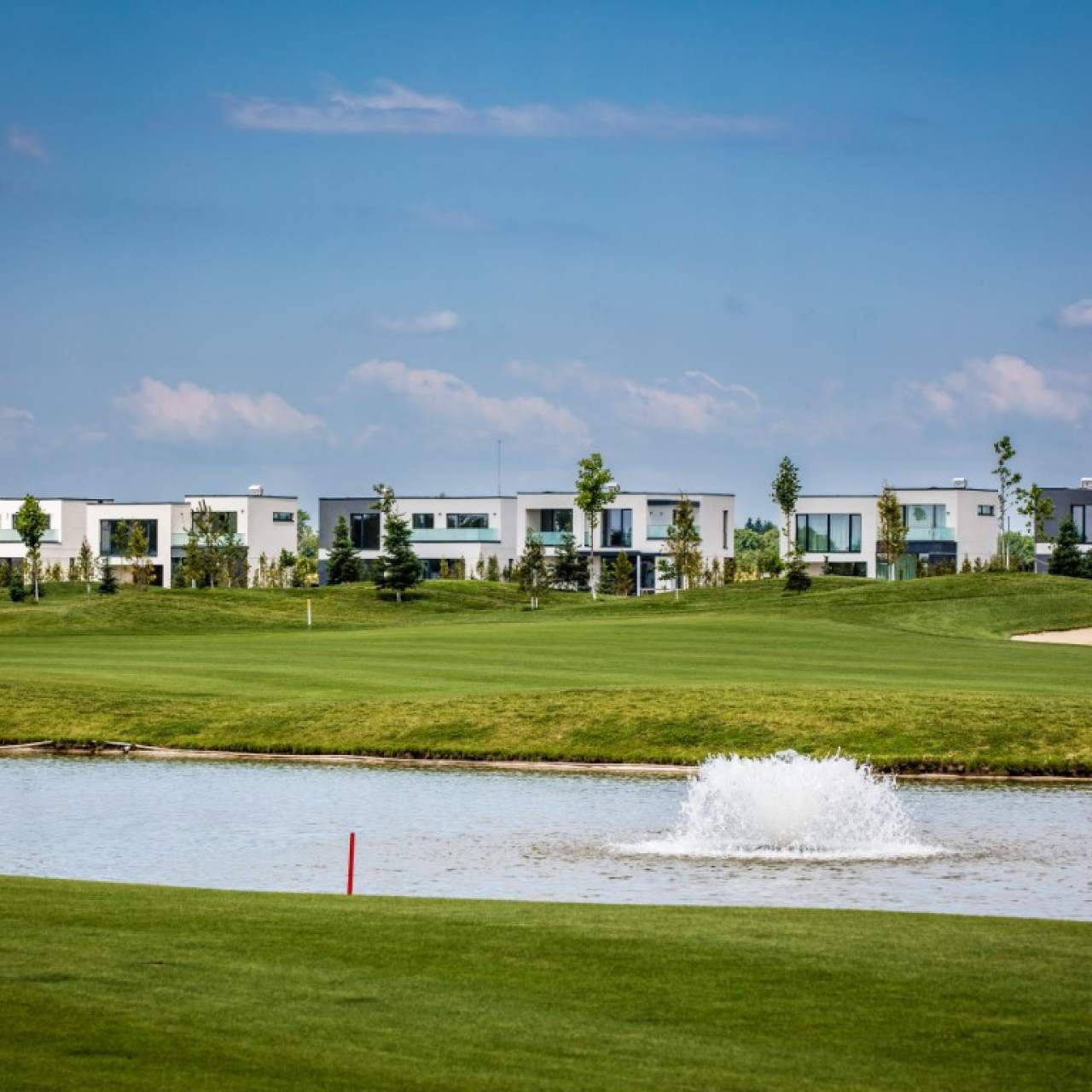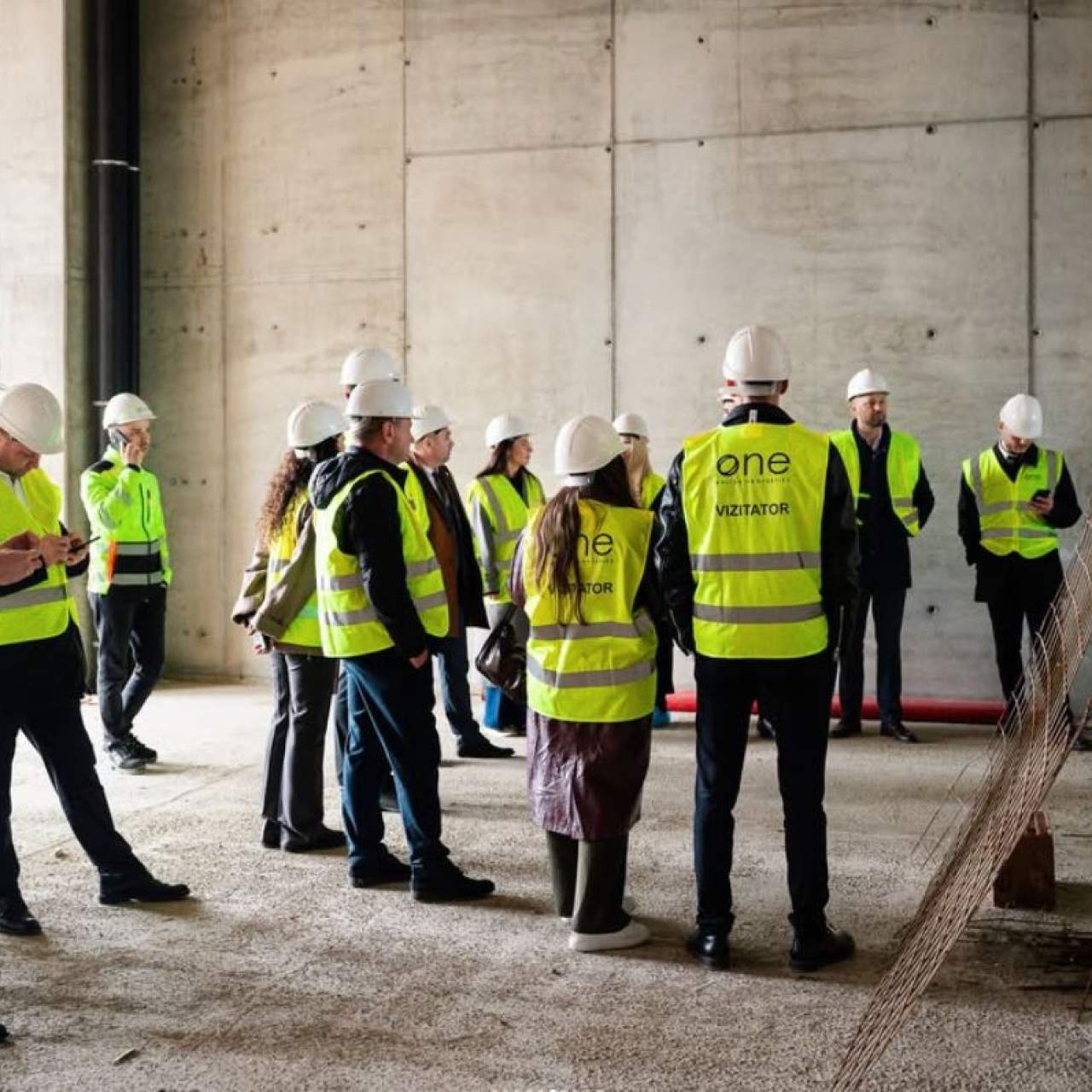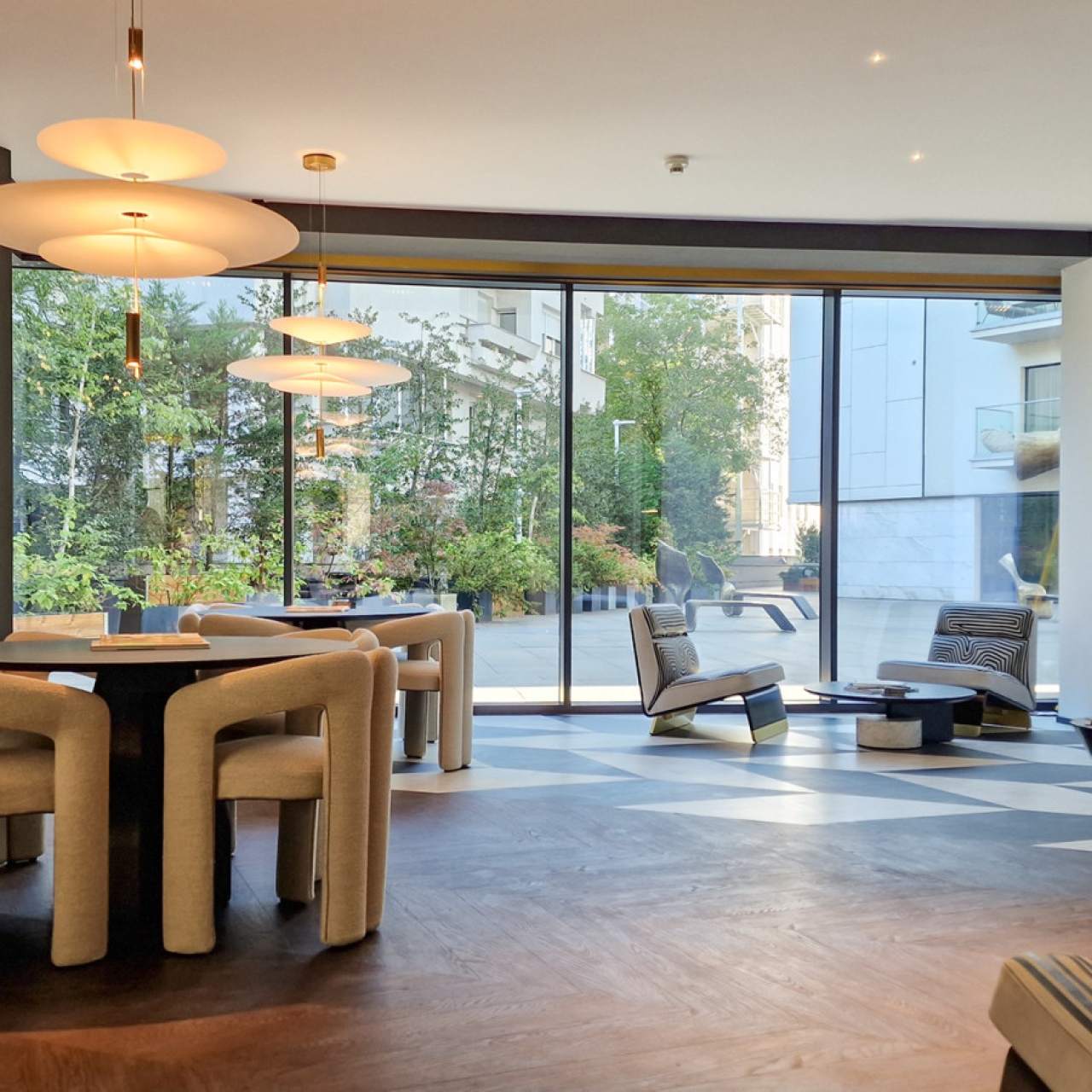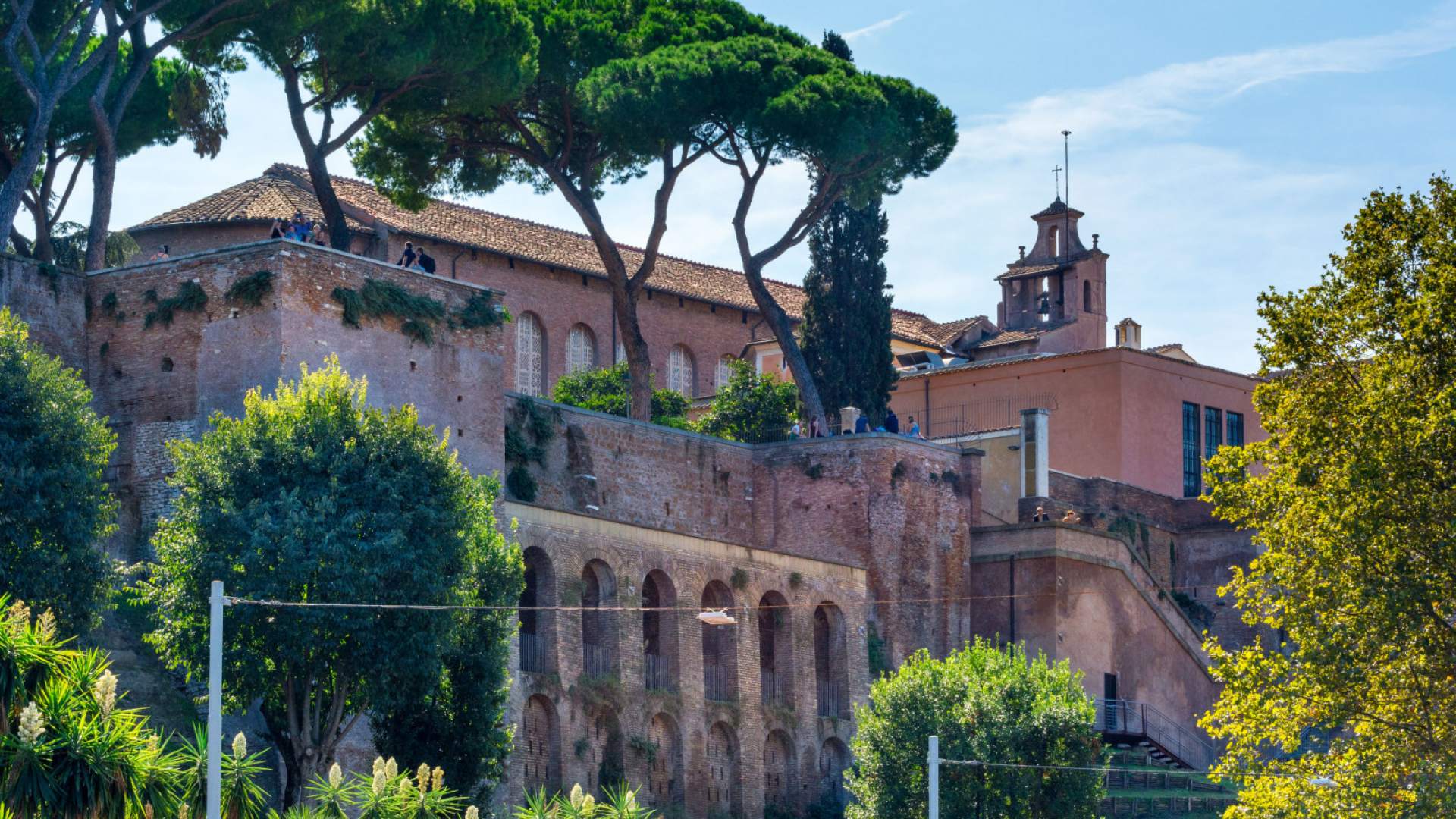
The oldest buildings in Europe that are still being used
If we think about the oldest buildings in Europe, the first thing that comes to mind has to do with historical monuments in Greece and Italy, although most European countries are likely to have some hidden architectural gems. But how many of these buildings are still in use, not only as museums, but for daily activities or even for living?
Below there are ten of the oldest buildings still in use in Europe.
1. Basilica of Santa Sabina all'Aventino, Italy
Built on the Aventine Hill in Rome by a Dalmatian priest between 422-433 AD, Basilica di Santa Sabina all'Aventino has stood out remarkably over the centuries, still retaining its original architectural plan. In addition, it still hosts the services of the Catholic Church, giving it a precious historical load.
2. Theatre of Marcellus, Italy
The construction of the Theatre of Marcellus, once known as the largest open-air theatre in Rome, was completed in 13 BC, during the reign of Octavian Augustus, who named it after his nephew, Marcus Claudius Marcellus. Although the building is over 2,000 years old, the apartments arranged on its upper floors are still inhabited, giving the tenants the unique feeling of being surrounded by centuries of history. They are, at the same time, proof of the flawless ability of the architects of the time.
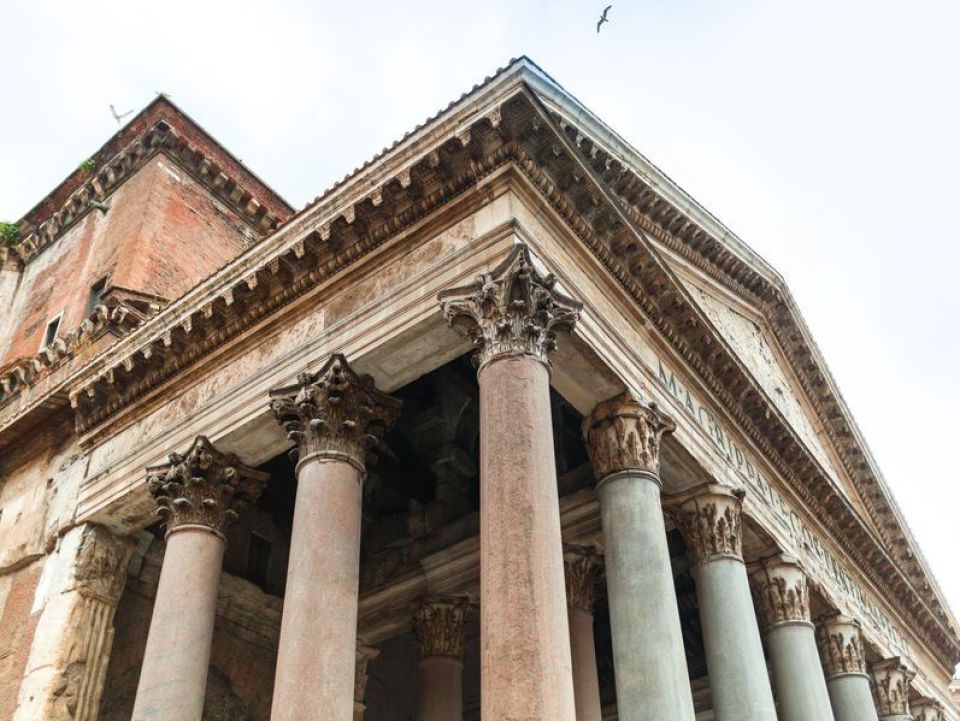
3. Pantheon, Italy
Built in the time of Hadrian, in the year 117 AD, the Pantheon in Rome is still used after almost two millennia, serving as a museum, but also as a place of worship for the Roman Catholic Church.
4. Aula Palatina, Germany
Also known as the Basilica of Constantine, Aula Palatina was built in Trier, Germany, by Emperor Constantine I in the early 4th century. It is currently used as a place of worship by the Evangelical Church of the Rhineland.
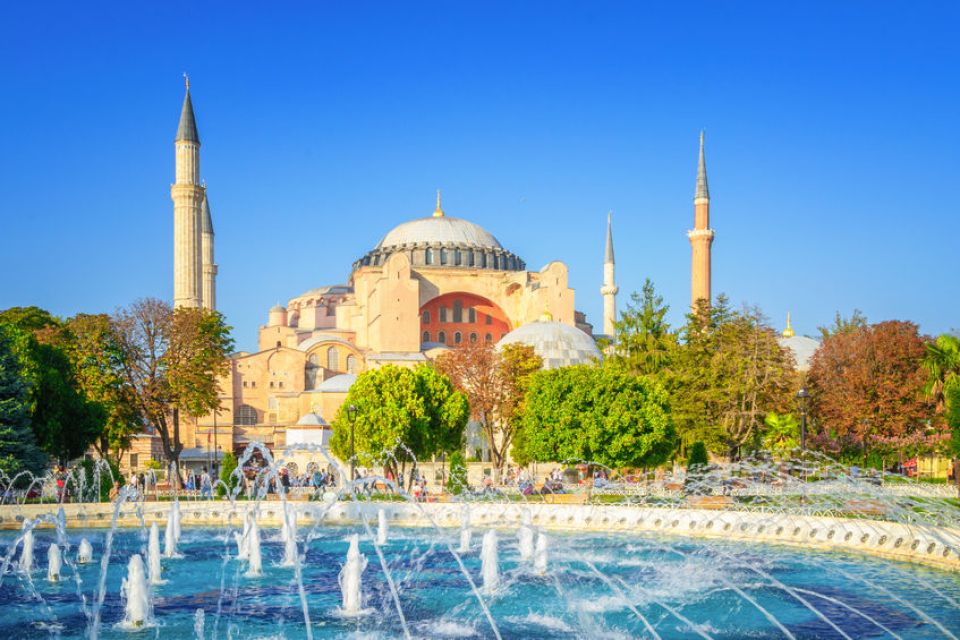
5. Hagia Sophia, Turkey
With an imposing design, Hagia Sofia, located on the European side of Istanbul, has a tumultuous past. Built during the reign of Emperor Justinian (527-565), it used to be the cathedral of the Ecumenical Patriarchate of Constantinople for almost a millennium, but in 1453, with the fall of Constantinople, it was transformed into a mosque. It has been turned into a museum since 1935, but in 2020 Turkey announced that it would once again serve as a mosque. The famous monument has been a UNESCO World Heritage Site since 1985.
6. Matera, Italy
The inhabitants of the Italian town of Matera, built on the rocks, are proud of being the only people in the world who still live in the houses built by their ancestors 9,000 years ago. Currently, the city's population is about 60,000 people.
7. Kirkjubøargarður, Faroe Islands
The Kirkjubøargarður farm in the Faroe Islands is said to be the oldest still inhabited wooden house in the world. The building was constructed in the 11th century. It currently houses the 17th generation of the Patursson family, who have owned it since 1550.

8. Windsor Castle, England
Windsor Castle in England was completed in 1070 and is the largest but also the oldest inhabited castle in the world. It serves as the favourite weekend home of Queen Elizabeth II. Her Majesty is the ninth royal to use it.
9. Saltford Manor, England
Located in the English county of Somerset, Saltford Manor is not just a simple stone house, but is known as England's oldest uninterruptedly occupied private residence. In 2010, the house designed by William Fitz Robert around 1150 changed its owners, who paid for it no less than GBP 1,275,000.
10. Ye Olde Trip to Jerusalem, England
The owners of the Ye Olde Trip to Jerusalem pub, located in Nottingham, England, are proud to run the oldest pub in England, which opened in 1189. Once, a hotel operated in the same building as the bar at the foot of the cliff on which Nottingham Castle was built.
Data for this article were obtained from: Wikipedia.org, dailymail.co.uk, historiceuropeancastles.com, gizmodo.com, and sympa-sympa.com. Main photo ©Oleksii Sergieiev/123RF.COM.
Inspired by the article?
Explore apartments in neighborhoods worth discovering:
